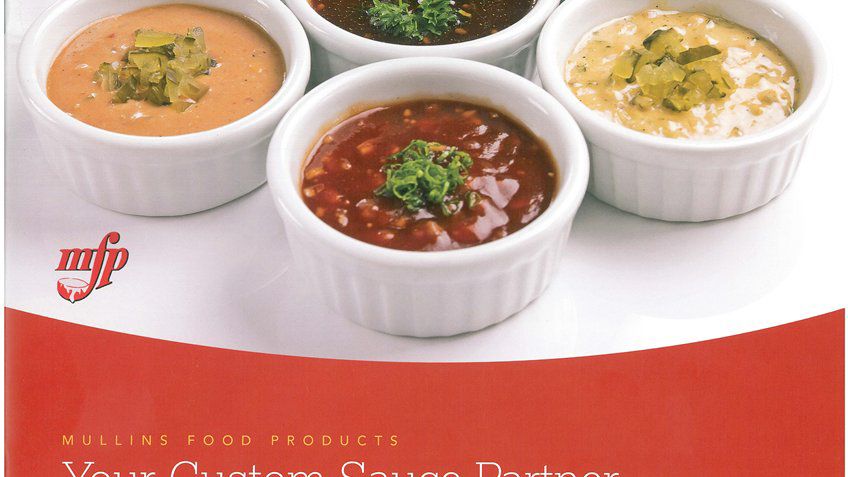Mixing in CPGSuite MES and a Dash of Automation
To gain operational efficiencies without expanding their production facility, Mullins turned to manufacturing execution system (MES) software, specifically the Rockwell Software® CPGSuite® system. The system was implemented across sauce production lines. Select manual tasks were automated and built onto the control system. The CPGSuite software synchronizes the production process from raw-material receipt to the creation of the finished sauce. Through a process order, all production is controlled from start to finish where all work centers are given quantity specifications, ingredients and any special instructions for each sauce.
Flow meters and an HMI control panel were installed in the tank farm to streamline the daily intake of ingredients. Automated sensors were placed in the tank farms for accurate measurement. With a single and real-time view of resources, from current schedule fulfillment to ingredient usage, Mullins can schedule production and purchase ingredients based on the real-time inventory levels. Additionally, with an automated hard stop in all tanks, overflows are avoided entirely.
Manual open and close valves were automated for precise measurement as bulk liquid ingredients pass from the tank farms to production. Another HMI control panel near the kettles identifies ingredients and requires operators to follow specific work flows adhering to the recipe. To further control quality, thin-client technology is used for scanning incoming raw materials. Variances are identified and communicated to the necessary areas downstream in real time.
The CPGSuite software collects all process data during the execution of a process order. Data is collected and stored in a common model relative to the production order from the control system, as well as manually entered data. This contextual information provides the basis for production reporting and post-production, root-cause analysis.
Additionally, information on raw-material usage, quantity and adjusted batches is sent directly to Mullins’ ERP system so operations can eliminate transcription errors, and focus on other production challenges and value-added activities.
Each Batch Right the First Time to Boost Output
Mullins rolled out the CPGSuite software to each of its four production areas. Some of the production facilities have more complicated recipes, such as the salad dressing line. “We were confident with the installations, and each performed above expectation,” said Smith.
“Delivery of liquid materials is a much better coordinated process now,” added Smith. “We can accept a delivery in its entirety, and not require a tanker to wait.” Automated measurement allows for calculation of loss factors for delivered materials and reduces costs.
The introduction of additional automation along with CPGSuite MES software work flows and automated data collection has reduced the number of batch adjustments to close to zero. “We aren’t reliant on manual processes,” added Smith. “We’ve actually refined nearly all of our formulations, our recipes, now that we are able to consistently hit targeted spec ranges for each batch.”
“We’ve assembled a project team to focus on how to use all this data we now can access,” Smith continued. “Now that we have analytics on the time required to run each sauce, we can further enhance our pricing, identify shift differentials and leverage best practices across all shifts. We finally have the information to know these are the questions we need to ask and answer.” Additionally, the new system provides the company with data compiled and validated by the control system for use in regulatory compliance reports.
Mullins has seen success with the application of the CPGSuite software to their sauce production lines, and has moved toward gaining efficiencies in other areas of the plant. “Traditionally, our bottlenecks were in processing, but now it’s packaging that is drawing our attention,” said Smith. “Integrating our packaging area with this solution might be a future project.”
The results mentioned above are specific to Mullins Food Products’ use of Rockwell Automation products and services in conjunction with other products. Specific results may vary for other customers.
Trademark Information:
CPGSuite and Rockwell Software are trademarks of Rockwell Automation Inc.

